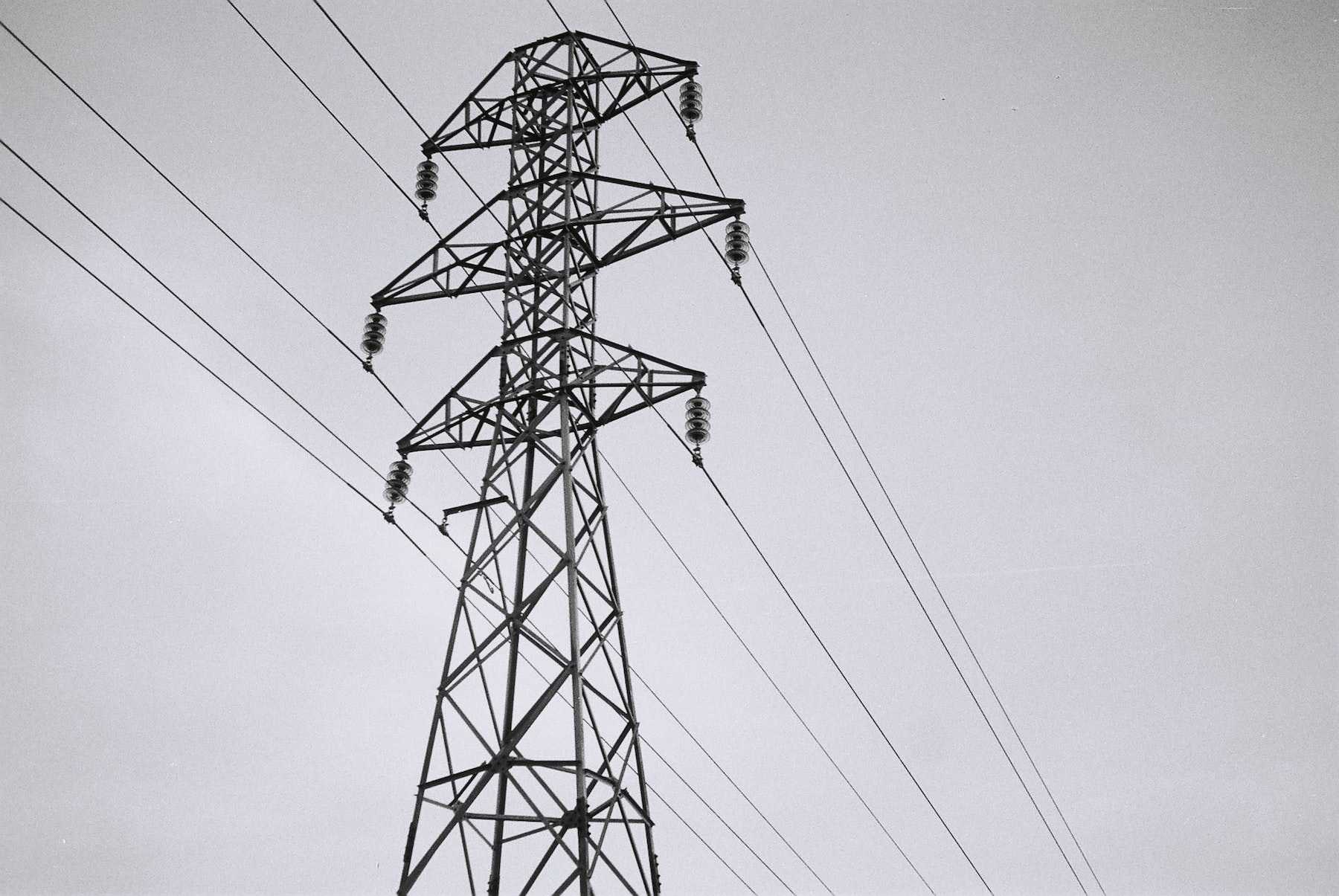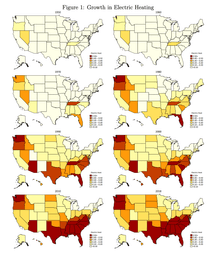A Visual History of Electrification

As many readers of this newsletter know, one of the most important things we can do to prevent catastrophic climate change is rip out the fossil fuel appliances in our homes and replace them with renewable-powered electric alternatives.
And no appliances are more important to electrify than home heating systems. In fact, the furnaces, boilers, and other heaters in our homes are responsible for roughly 500 million tons of emissions each year — as much as the entire country of Australia.
Recently I started to wonder how people heated their homes in the past and how that’s changed over time. Fortunately, the Census has been asking people just that since 1940.
Here’s what that data tells us:
In 1940, 80% of homes were heated by coal or wood
But coal and wood were quickly replaced…
… by natural gas and electricity…
… and very briefly, by fuel oil.
Now, most homes use natural gas or electricity.
The story of coal and wood is a hopeful one (sort of)
A few things stand out to me in this data. First, there’s the rapid decline of coal and wood. In 1940, about 80% of homes used the fuels to heat their homes. 30 years later, in 1970, that number fell to 4%.
As we try to electrify everything, the story of coal and wood’s decline is a hopeful one in some respects. Today, 57% of homes use fossil fuels for heating. If we could phase them out as quickly as coal and wood, we’d have 100% electric home heating before 2050.
But to replicate the speed of that transition today will be much harder. Why? In 1940 there were 37 million housing units in this country. By 1970 that number had roughly doubled to 69 million. Today there are 140 million homes – another doubling. And if there’s one universal law of energy transitions it’s this: The bigger the denominator, the longer the transition. In other words, big transitions take much longer than small ones. (For a country-level view on this, check out Valclav Smil’s wonderfully wonky book, Energy Transitions).
The frustratingly obvious key to electrification
The second thing that stands out to me in the history of home heating is the steady rise of electric heating. No other fuel has been so consistent in its growth.
Recently Lucas Davis, a professor at Berkeley wrote a paper to explore the causes of this growth. After analyzing massive amounts of data, he discovered that nothing has been more important in determining the trajectory of home heating in America than energy prices.
Since 1940, real electricity prices have fallen significantly, compared to natural gas prices which have risen.
I’ve read a lot of books in the last few years on the history of energy, and this was all very surprising to me. Biased mostly by the recent years of cheap fracked gas, I would have thought the opposite was true, that natural gas prices have steadily fallen and electricity prices have steadily risen. But that hasn’t been the case in the long term. Hence, why the share of homes heated with electricity has risen steadily.
One other way you can see the impact of energy prices on home heating is in looking at the regional variation over time. Take a look at the series of maps from Davis’ paper below. The darker a state, the higher the share of homes that use electricity for heating. As you scroll down, watch for yellow or dark red outliers.
Your eye was probably drawn to the southeast where electric heating became dominant starting in the 1990s. But did you see what happened in Tennessee and the Pacific Northwest (especially Washington). Electric heating became more common in those two places early on. But why?
During the Great Depression, President Franklin D. Roosevelt passed a series of bills aimed at getting people back to work. This New Deal legislation created the Tennessee Valley Authority (TVA) and the Bonneville Power Administration (BPA), two federal agencies created to provide cheap electricity to the masses and build massive hydroelectric dams like Grand Coulee Dam in Washington state.
Shortly after the first dams were built, America entered World War II and suddenly needed a lot of aluminum (for ships, planes, bullets, and bombs). FDR’s new dams offered a key ingredient: cheap electricity. Throughout the 1940s, America went on a dam-building spree. By the war’s end, TVA was the country’s largest electricity producer.
After the fighting stopped, America needed a lot less aluminum. But its dams were still producing huge amounts of electricity. As a result electricity prices fell. And they did so just in time for the returning veterans of the war to use it in their new suburban homes. Unsurprisingly, the homes closest to all that cheap public power — those in Tennessee and Washington — were the first to adopt electric heating.
Today, as we try to boost the share of homes heated by electricity from 40% to 100%, I think this history is important to keep in mind. Mandates, incentives, and R&D will all be important levers in the effort to electrify everything, but if past is prologue, nothing will determine how Americans choose to heat their homes more than energy prices.







